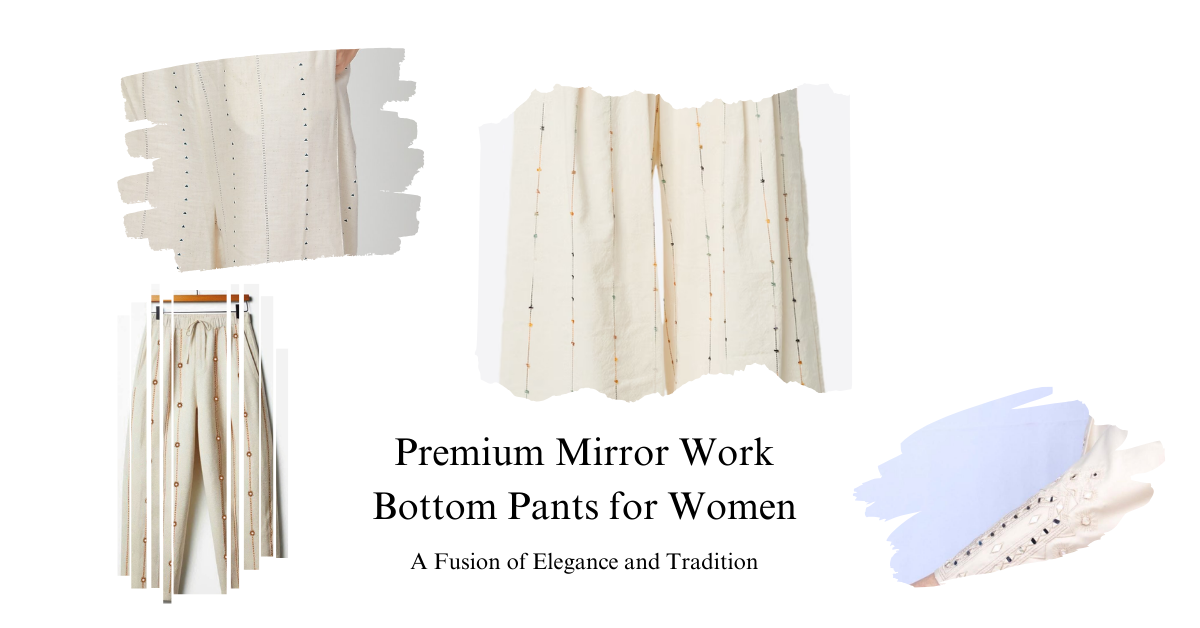The Environmental Crisis Unveiled – From Yarn to Clothes – Garments: In the midst of global discussions on climate change, an alarming environmental crisis is unfolding within the fashion industry.
Today, we earnestly draw attention to the perilous journey from yarn to clothes, where the production of chemical-based garments is wreaking havoc on our planet.
The unchecked manufacturing of clothes in colossal quantities, driven by profit-driven motives, is not only unnecessary but is also setting a perilous trend for the future.
Urgent Call for Sustainable Fashion: A Plea to Halt the Production of Chemical-Based Garments

Mountains of Waste: A Dire Consequence of Overproduction
Every day, millions of tons of clothing pour out of factories and homes, creating mountains of waste that pose a serious threat to our climate. What’s more alarming is that a staggering 89% of these garments are laden with chemicals, contributing to environmental pollution and degradation. The consequences of this unchecked overproduction are dire and demand immediate attention.
Disposable Fashion Culture: Wearing Trends a Handful of Times
In the race for the latest trends, we have unwittingly adopted a culture of disposable fashion. It’s becoming increasingly common to wear a piece of clothing only a handful of times before discarding it. This throwaway mentality, fueled by the relentless pursuit of profit, is creating a vicious cycle of waste and environmental harm. The question looms: What will be the future cost of today’s fashion trends on our planet?

A Wake-Up Call for Change
The urgency of the situation cannot be overstated. The fashion industry must acknowledge its role in this environmental crisis and take immediate steps to transition away from chemical-based garments. It is time to prioritize sustainability over profit, to rethink the necessity of excessive production, and to embrace a new era of responsible fashion.
Beyond Global Warming Talk: Action Now or Perish Later
While global warming discussions persist, mere talk is not enough. Concrete action is the need of the hour. Governments, industry leaders, and consumers alike must unite to enforce and adopt sustainable practices in the fashion sector. The future of our planet depends on the choices we make today, and the fashion industry holds a key to mitigating its environmental impact.
A Plea for Conscious Consumerism
Consumers, too, play a crucial role in steering the fashion industry toward responsible practices. By choosing sustainable and eco-friendly options, consumers can influence market trends and contribute to the reduction of chemical-laden garments. It’s time to shift from a throwaway mindset to one that values quality, longevity, and the well-being of our planet.

The Path Forward: Sustainable Fashion or Environmental Peril?
The path forward is clear: the fashion industry must redefine its priorities. Sustainable fashion, devoid of harmful chemicals and excessive waste, is not a choice but a necessity for our planet’s survival. The cost of inaction is too high, and the time for change is now.
In conclusion, let this be a clarion call to halt the production of chemical-based garments. The fashion industry must pivot towards a sustainable future, and every stakeholder in this global issue must act with urgency. The choice is ours—sustainable fashion or environmental peril.
FAQ
Why is the prevalence of chemical-based garments a pressing global issue?
The prevalence of chemical-based garments poses a serious threat to our environment. These chemicals, integral to the textile production process, contribute significantly to pollution, water contamination, and environmental degradation. With 89% of textiles being chemical-based, the fashion industry’s impact on our planet’s delicate balance is substantial. The urgency lies in recognizing the environmental toll of fast fashion and the need for immediate corrective action to ensure a sustainable future.

How does fast fashion contribute to the environmental crisis in the textile industry?
Fast fashion, driven by the rapid turnover of trends and seasons, exacerbates the environmental crisis in the textile industry. The industry’s pursuit of inexpensive, quickly produced clothing results in a staggering amount of discarded garments. These garments, laden with chemicals, find their way into landfills, emitting harmful substances and contributing to environmental deterioration. The disposable fashion mentality, coupled with the sheer volume of production, intensifies the impact on our planet.
What is the environmental impact of wearing clothes only a few times before discarding them?
The wasteful practice of wearing clothes only a few times before discarding them significantly contributes to environmental degradation. This disposable fashion culture leads to an alarming amount of textile waste, much of which contains harmful chemicals. The environmental consequences include increased landfill pollution, compromised air and water quality, and the depletion of natural resources. Addressing this issue requires a fundamental shift in consumer habits towards more sustainable and mindful approaches to fashion consumption.
Why is it crucial for the fashion industry to reassess its production practices?
Reassessing production practices within the fashion industry is crucial due to the industry’s substantial environmental impact. The reliance on harmful chemicals in textile production contributes to pollution and poses a threat to ecosystems. By embracing sustainable alternatives, such as reducing chemical usage and implementing recycling programs, the fashion industry can mitigate its adverse effects on the environment. This shift is essential for the industry’s long-term viability and the well-being of the planet.
How can consumers contribute to addressing the environmental impact of fashion?
Consumers play a pivotal role in addressing the environmental impact of fashion. Adopting a mindful approach to clothing consumption, such as investing in quality, timeless pieces and supporting brands committed to sustainability, can contribute to breaking the cycle of fast fashion. By making informed choices, consumers can drive demand for eco-friendly products, influencing the industry to prioritize sustainable practices over disposable trends.
What role do governments play in mitigating the environmental impact of the fashion industry?
Governments play a crucial role in mitigating the environmental impact of the fashion industry. Enacting and enforcing regulations that limit the use of harmful chemicals in textile production is imperative. Government intervention ensures that the industry adheres to environmentally responsible practices and encourages the development of sustainable alternatives. Regulatory frameworks create a foundation for positive change, holding the fashion industry accountable for its environmental footprint.
How can the fashion industry transition towards more sustainable practices?
The transition towards more sustainable practices in the fashion industry requires a multifaceted approach. This includes reducing the use of harmful chemicals, implementing recycling programs, and prioritizing eco-friendly materials. Collaboration among industry stakeholders, innovation in production processes, and a commitment to transparency are essential components of this shift. By embracing sustainability as a core value, the fashion industry can contribute to the global effort to address climate change and environmental degradation.
What are the consequences of inaction in addressing the environmental impact of the fashion industry?
The consequences of inaction in addressing the environmental impact of the fashion industry are severe and far-reaching. Continued reliance on harmful chemicals and unsustainable practices will contribute to escalating pollution, resource depletion, and environmental degradation. The long-term consequences include compromised ecosystems, adverse effects on biodiversity, and potential threats to human health. Urgent action is necessary to prevent irreversible damage and secure a sustainable future for both the fashion industry and the planet.
How can individuals contribute to raising awareness and driving change in the fashion industry?
Individuals can contribute to raising awareness and driving change in the fashion industry by staying informed, supporting sustainable brands, and advocating for responsible consumer behavior. Sharing information on social media, participating in discussions about sustainable fashion, and encouraging others to make environmentally conscious choices can amplify the collective voice for change. By making informed purchasing decisions and holding the industry accountable, individuals play a crucial role in fostering a shift towards a more sustainable and responsible fashion ecosystem.






